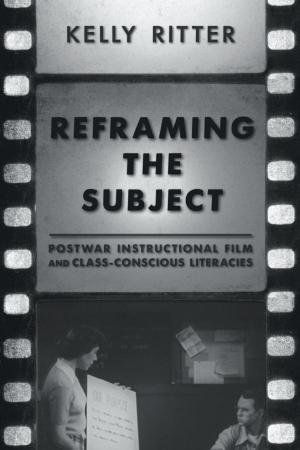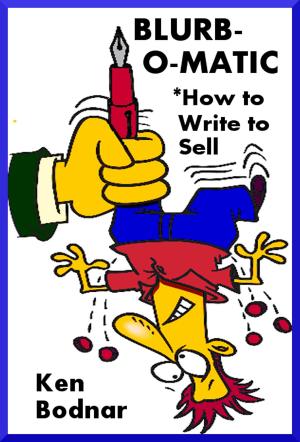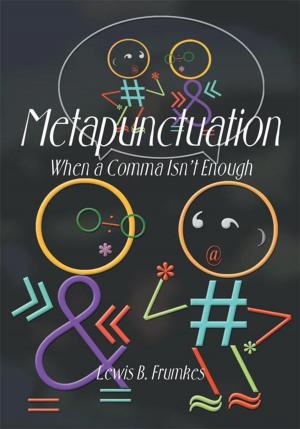Live Action Character Development
Nonfiction, Entertainment, Film, Screenwriting, Performing Arts, Reference & Language, Language Arts, Writing & Publishing, Publishing| Author: | Adam Renfro | ISBN: | 9781370435722 |
| Publisher: | Adam Renfro | Publication: | September 14, 2016 |
| Imprint: | Smashwords Edition | Language: | English |
| Author: | Adam Renfro |
| ISBN: | 9781370435722 |
| Publisher: | Adam Renfro |
| Publication: | September 14, 2016 |
| Imprint: | Smashwords Edition |
| Language: | English |
Writers should not develop characters as just another plot device to pull the reader to the next plot point. The characters themselves should drive the action. Live Action Character Development is a new style of character development that drives the conflict, action, and plot. It is not a stand-alone character development process that is isolated from the plot development. This new method discards the wooden character-profile checklists of height, weight, eye color, favorite foods, and other details that border on minutiae. The sum of a writer’s character development cannot be reduced to character trivia.
The old character-profile checklists are often called Frankenstein checklists because writers try to assemble parts and pieces into a whole character. Just like Frankenstein, writers end up creating a monster, and it is their readers who chase them out of the village with torches and pitchforks.
Live Action Character Development uses character cards as its centerpiece. Writers develop each character using two cards: The Background card and The Dance card.
The Background cards is a single-page, tight resume for each character. Questions about the Claws, Conflict Reaction, the Ghost from the backstory, the Dreadful Alternative, Desires, and more develop characters on The Background card. A character’s psychological, emotional, and motivation traits that determine how a character acts rise to the surface.
Characters play off one another with The Dance cards in a dress rehearsal before a writer creates a scene. This taps into the processes used by Ernest Hemingway, Toni Morrison, Jim Harrison, Joyce Carol Oates, and Yiyun Li.
The old Frankenstein checklists are too often lost in the hopeless “Character Development Binder” that collects dust on a shelf. Live Action Character Development is not an exercise in developing characters. This process takes your development straight to the written page. This development guide is essential for your writing toolbox.
Writers should not develop characters as just another plot device to pull the reader to the next plot point. The characters themselves should drive the action. Live Action Character Development is a new style of character development that drives the conflict, action, and plot. It is not a stand-alone character development process that is isolated from the plot development. This new method discards the wooden character-profile checklists of height, weight, eye color, favorite foods, and other details that border on minutiae. The sum of a writer’s character development cannot be reduced to character trivia.
The old character-profile checklists are often called Frankenstein checklists because writers try to assemble parts and pieces into a whole character. Just like Frankenstein, writers end up creating a monster, and it is their readers who chase them out of the village with torches and pitchforks.
Live Action Character Development uses character cards as its centerpiece. Writers develop each character using two cards: The Background card and The Dance card.
The Background cards is a single-page, tight resume for each character. Questions about the Claws, Conflict Reaction, the Ghost from the backstory, the Dreadful Alternative, Desires, and more develop characters on The Background card. A character’s psychological, emotional, and motivation traits that determine how a character acts rise to the surface.
Characters play off one another with The Dance cards in a dress rehearsal before a writer creates a scene. This taps into the processes used by Ernest Hemingway, Toni Morrison, Jim Harrison, Joyce Carol Oates, and Yiyun Li.
The old Frankenstein checklists are too often lost in the hopeless “Character Development Binder” that collects dust on a shelf. Live Action Character Development is not an exercise in developing characters. This process takes your development straight to the written page. This development guide is essential for your writing toolbox.















